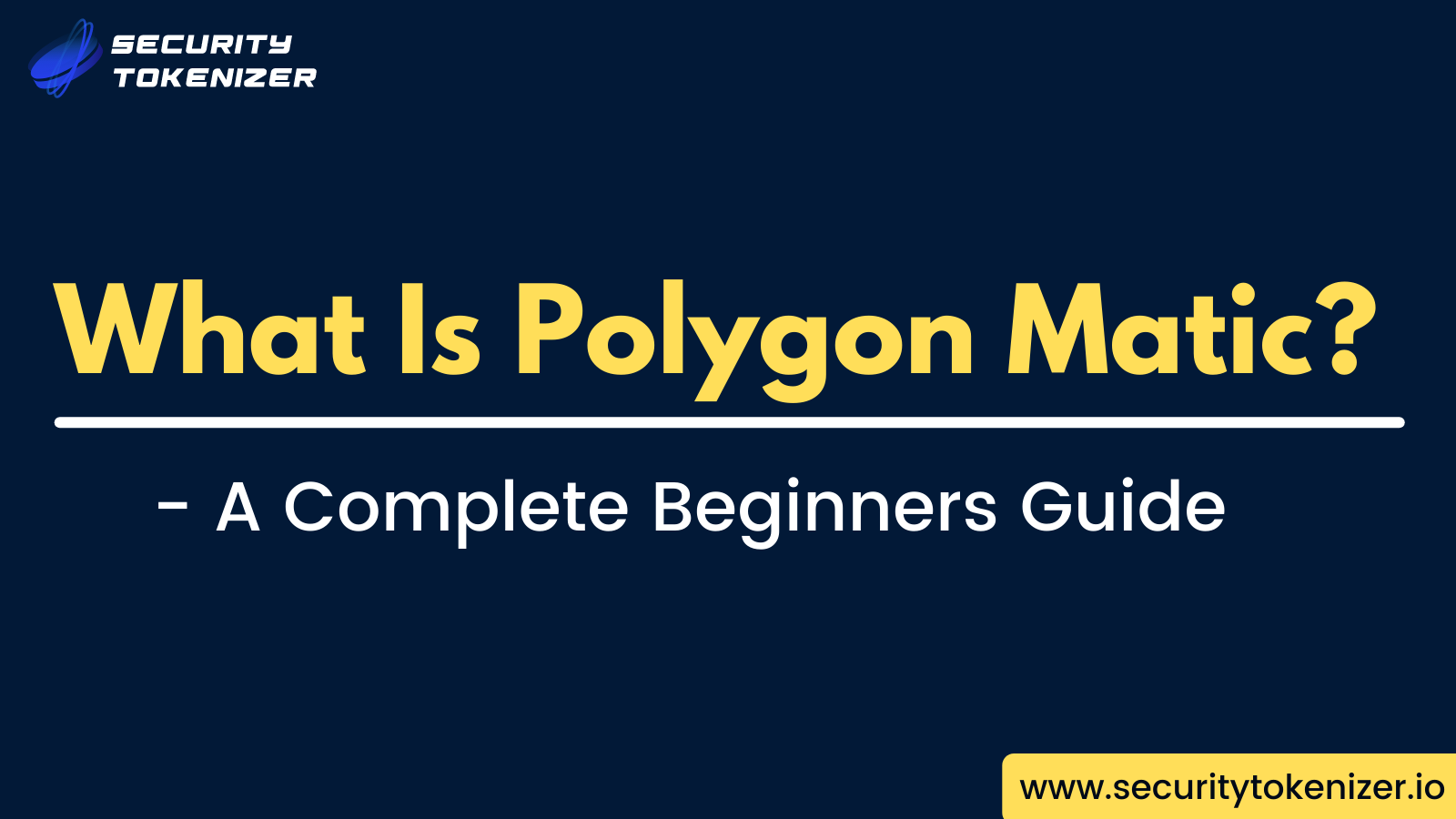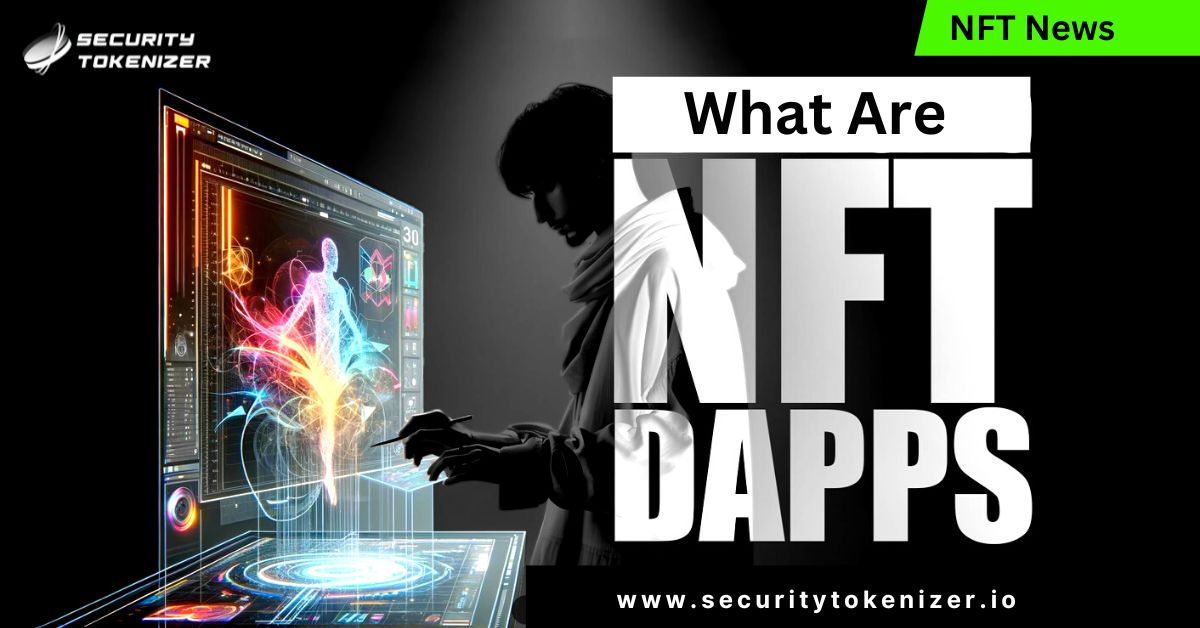Subscribe Our Newsletter
Table of Content
Introduction
Polygon, formerly known as the Matic Network, is a scaling solution that promises to give numerous methods to enhance the speed of transactions on blockchain networks while lowering the cost and complexity. Polygon's concept is centered on Ethereum, a decentralized application platform that allows you to join virtual worlds, play games, buy art, and engage in a variety of financial activities. However, with so much activity on its blockchain, Ethereum has become nearly tough, since transmission costs are growing and traffic is being congested.
What is Polygon?
Polygon bills itself as a layer-2 network, which implies it functions as an Ethereum add-on layer that does not try to change the original blockchain layer. Polygon, like its geometric namesake, has numerous sides, forms, and applications, and it provides a more straightforward foundation for creating linked networks. Polygon wants to support Ethereum’s growth in terms of scale, security, efficiency, and utility, as well as encourage developers to create more appealing products.
How does it work?
The MATIC Sidechain from Polygon functions similarly to other Proof-of-Stake blockchains. Excluding the fact that exchanges are clustered and settled over the Ethereum main chain, the Ethereum structure, local dapps, validator nodes, token, client nodes, and other characteristics are all the same as those of other networks. Fortunately, Polygon has created a layer-2 network that allows Ethereum-compatible blockchain networks to be created.
In Layer-2 scaling solutions, off-chain scaling approaches are mentioned. This entails removing or lowering evaluation power components from the main blockchain before executing them elsewhere, such as on sidechains. This improves mainchain performance while simultaneously disseminating assessment expertise across the network. Layer-2 solutions are increasing in popularity since they play a crucial role in cryptographic money's general acceptance.
Developers can offer pre-configured blockchain networks with a single click due to Polygon's modular technique for building custom networks. Polygon also makes it easy for any blockchain to communicate with one another without causing any problems.
The MATIC sidechain may be thought of as an important element of Ethereum's vast universe, offering clients widespread project execution and a pleasant working environment. For embellished performance, any Ethereum-based decentralized application or Ethereum-viable blockchain can be easily shifted to the Matic Sidechain.
Ethereum's Internet of Blockchains - Polygon
Polygon is intended to pave the way for a future in which multiple blockchains operate as networks rather than closed-off silos and private communities. Its long-term objective is to create an open, borderless society in which consumers may engage with decentralized products and services without going via middlemen or walled gardens. Its goal is to build a hub into which other blockchains may easily plug in, while also overcoming some of their particular constraints, such as excessive fees, scalability issues, and security concerns.
Polygon achieves this enlarged perspective using a variety of technologies, including:
POS Chain:
The Matic POS Chain, which offers a proof-of-stake (POS) security layer to blockchains established on the Polygon network, is Polygon's primary chain.
Plasma Chains:
Polygon employs Plasma, a scaling technique that allows objects to be moved between the root and child chains using Plasma bridges.
ZK- rollups:
Plasma is a scaling method that uses zero-knowledge proofs for the final public record on the main chain to bundle a large number of off-chain transfers into a single transaction.
Optimistic rollups:
A system based on Ethereum employs "fraud proofs" to allow for near-instant transactions.
Polygon’s Specialty
Polygon is designed to address some of the perceived limitations of interoperability projects such as Polkadot and Cosmos. It's compatible with the Ethereum Virtual Machine, making it accessible to people who are already familiar with the platform. Polygon's shared security approach is completely voluntary; sovereign platforms do not have to give up their independence in exchange for increased protection.
What is a Matic token?
Despite the fact that Polygon has greatly enlarged Matic Network's concept, the MATIC utility token is still used. In the Polygon ecosystem, the MATIC token is utilized for a number of reasons, including voting on PIPs and contributing to security through staking.
Futuristic insight of Polygon
Polygon's proof-of-stake chain and Plasma scalability solution are now operational, but developers will not be able to build their own independent or shared security chains until these features are available. Polkadot has yet to publish public parachains in 2021; while the Inter Blockchain Communication Protocol (IBC) was included in Cosmos' Stargate upgrade, the network will not be completely operational until IBC transactions are enabled. Because Polygon was only announced in Feb 2021, there isn't currently a strategy outlining how it will develop or which features will be emphasized.
Closing thoughts
By examining the workings and potentials of Polygon MATIC, it is clear that this platform has demonstrated significant progress in addressing blockchain scaling concerns. Furthermore, because of the polygon platform's provided features and tools, which allow developers to personalize their networks, various blockchain developers may enjoy creating their own decentralized network. Security Tokenizer - A Leading Token Development Company we undergo a complete research and development process on Polygon Matic Blockchain Network and our experts are already engaged to create tokens on the polygon. If you need any technical assistance furthermore for your polygon blockchain development or token development on the polygon network, get ready to connect with us!
Avail Us for More Discussions!
Stick With Us!
Call/Whatsapp: 9791771666
Email: talktous@securitytokenizer.io
Leave Your Comment
Trending Insights.
Explore More Insights
CBDC Blockchain Technology | CBDC Solutions
CBDC leverages blockchain to deliver secure, scalable digital currency solutions for central banks. ...
Read More...Trending News.
Explore More NewsBook A Free Consultation
Contact us to avail the best services for DeFi, NFT, Cryptocurrency & Token Development, NFT Marketplace Clone Scripts as per your requirements!
Hi! I'm STO AI, Can I help you with anything
today? 🤖











